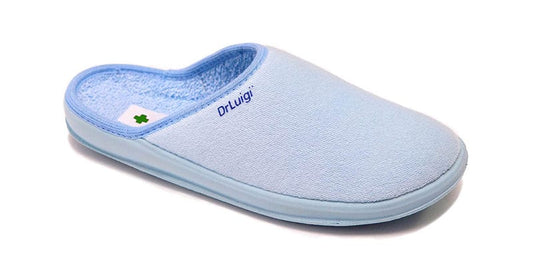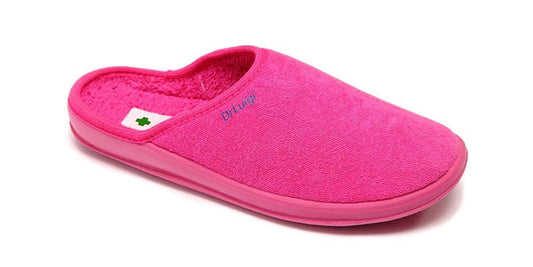A tiny nodule called a plantar fibroma develops on the plantar fascia in the arch of the foot as a result of the foot ailment known as plantar fibroomatosis.
A plantar fibroma is a benign, or non-cancerous, growth that is typically small—less than an inch—and slow-growing.
Plantar fibromatosis is often painless, but depending on where and how big the nodules are, it can start to hurt your foot arch when you're standing.
Plantar fibromatosis is sometimes referred to as Ledderhose Disease, Morbus Ledderhose, and Plantar Fascial Fibromatosis, all of which are named after Georg Ledderhose, who discovered the condition in 1894. Similar to Dupytren's contracture, which affects the hand and causes the fingers to flex, it is a condition.
What Exactly Is Plantar Fibromatosis?
Plantar fascia, the thick band of fibrous tissue on the bottom of the foot, thickens during plantar fibromatosis.
Ledderhose disease, also known as plantar fibromatosis, causes, symptoms, diagnosis, and treatment
The plantar fascia supports the foot arches as it runs between the heel and the toes.
Plantar fibromas, which are typically located in the middle or medial sections of the plantar fascia, might develop as a result of the thickenings in the plantar fascia. Either a single nodule or a group of nodules could form. One of the most frequent reasons of a bump on the bottom of the foot is plantar fibromas.
Ledderhose disease is a somewhat unimportant ailment, yet it can nevertheless hurt your foot arches when you stand or walk. Usually, only one foot is afflicted by plantar fibromatosis, however in 25% of cases, both feet are. It shouldn't be confused with plantar fasciitis, which causes the plantar fascia to swell and degenerate.
Symptoms of Plantar Fibromatosis
Under the foot, there is typically a tiny lump indicative of plantar fibromatosis.
Visible Nodule: A tiny lump under the skin on the bottom of the foot is the most typical sign of plantar fibromatosis. These nodules typically develop at the greatest point of the foot arch, on the inside side of the sole of the foot.
Nodules associated with plantar fibromas are typically small, less than an inch in diameter, and firm to the touch. They could stay the same size, increase in size over time, or develop into a cluster as more nodules start to appear. Dorsiflexion, or pushing the toes up, makes it easier to see the nodules. The plantar fibroma growths don't just disappear on their own; they need to be surgically removed in order to disappear permanently.
Foot Discomfort: Plantar fascial fibromatosis frequently causes no pain at all, but as it progresses, it may start to cause issues. Plantar fibromatosis foot discomfort typically manifests as pressure on the plantar fibroma nodule as a result of poking, shoe pressure, or weight bearing while standing, walking, or jogging.
Toe Stiffness: As plantar fibromatosis worsens, the plantar fascia may thicken. This may lead to tightness and contractures that cause the toes to bend, restricting toe motion, producing stiffness, and making walking challenging.
Ledderhose Disease Diagnosis
Plantar fibromatosis may be identified by your doctor during a clinical examination.
There are other disorders that present in a similar manner, such as plantar fasciitis, therefore if there is any uncertainty, an MRI scan (Magnetic Resonance Imaging) is typically the imaging of choice.

When diagnosing plantar fibromatosis, MRI is typically more accurate than x-ray or ultrasound since it can reveal the complete extent of the condition.
DrLuigi medical shoes can ease the pressure on the nodules and improve walking comfort.





